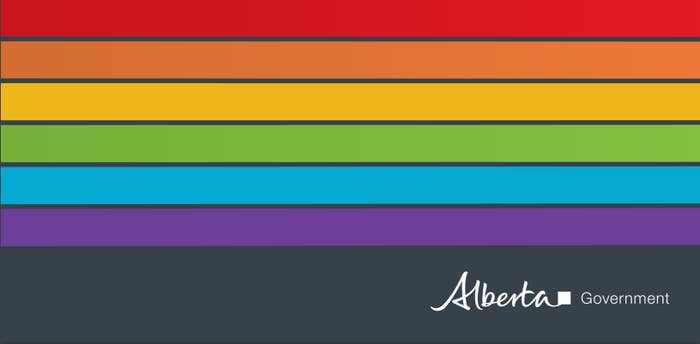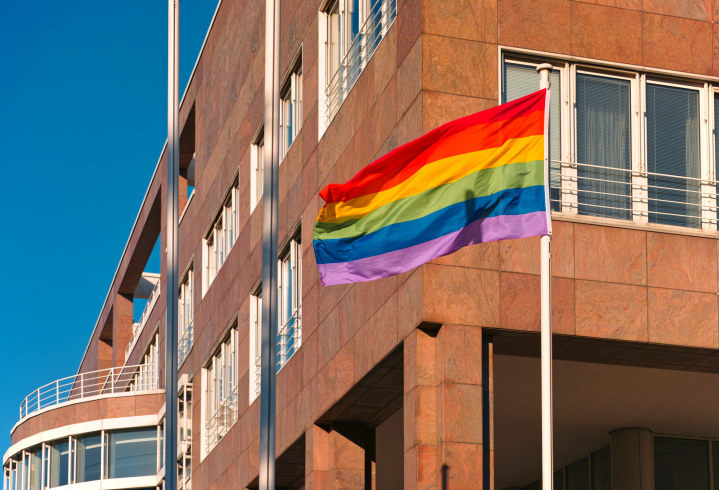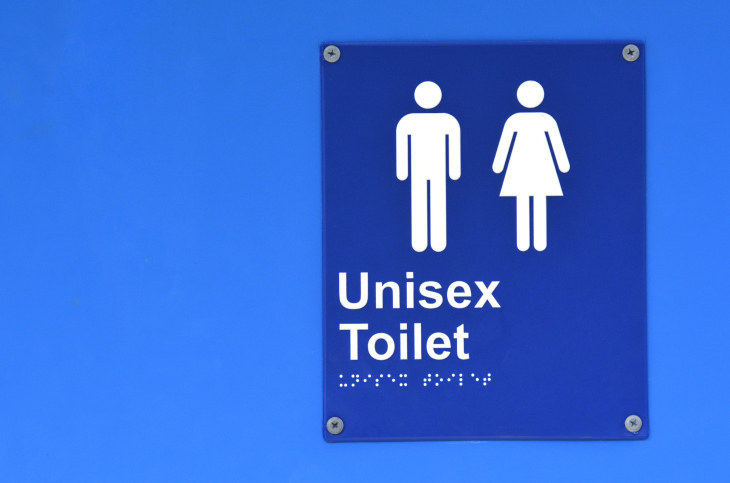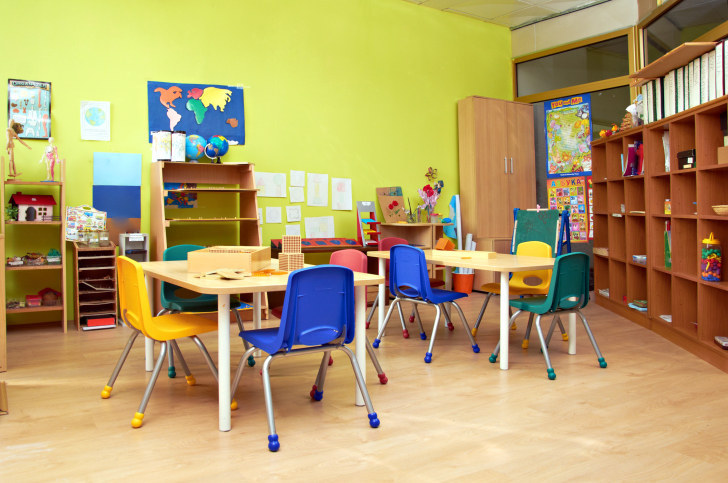Alberta has taken major steps to ensure schools are inclusive of diverse sexual and gender identities. However, some religious leaders have concerns with the new guidelines.

The province's 61 school boards — including publicly-funded Catholic schools — have until the end of March to create policies based on the guidelines.
Three bishops have now publicly stated their opposition to the guidelines, the most scathing of which came from Calgary Bishop Fred Henry. He titled his letter "Totalitarianism in Alberta":
The Alberta Government "Guidelines" issued on January 13th show no evidence of consultation with or sensitivity to the Catholic community. They breathe pure secularism.
This approach and directive smack of the madness of relativism and the forceful imposition of a particular narrow-minded anti-Catholic ideology.
Henry also said gay-straight alliance clubs are "highly politicized ideological clubs"
and the "view of sexuality that they espouse is not Catholic."
Gerrard Pettipas, the archbishop for Grouard-McLennan in Northern Alberta, also chimed in:
The Church teaches, under an authority that is greater than herself, that humans are created "in the image and likeness of God … male and female he created them". The Church believes that one's physiological gender is not arbitrary, but determines the identity that we grow into. This process of growth in identity must be respected.
Conservative media outlets and trustees for Alberta's Catholic school boards have also voiced opposition to LGBT accommodations.
But what's actually in the guidelines? They essentially boil down to a few things. Let's take a look.
1. Let kids choose how they identify and who they want to be out to.

A major theme in the guidelines — and one detractors have deemed a problem — is the right of students to determine their own identity:
For the purpose of accommodating the diverse needs of students and staff in a school, an individual's self-identification is the sole measure of their sexual orientation, gender identity or gender expression.
Emphasis ours.
That means it doesn't matter how a student dresses, or what their birth certificate says, or what's in their medical records — they can be addressed by the name and gender pronoun that suits them best.
The guidelines also recommends to, "where possible," checking in with the student before sharing information about their sexual or gender identity with other adults. Essentially, if it's unsafe for a student to be out at home, this could protect them from harm.
2. Students of all gender identities should be accommodated and supported.

This can play out in many ways, from making sure dress codes respect everyone's gender expressions to making sure gender-neutral washroom and changing rooms are available. It also means making sure gender-diverse students have full access to things like sports and other extra-curricular activities.
Key to all this is minimizing how often students are separated by gender, such as for health or gym classes:
This increases opportunities to respect students'full expression of who they are and allows them to play, learn, dress, present and express themselves in flexible and diverse ways that are congruent with their gender identity or gender expression.
3. Nurture a community where everyone understands how much this all matters.

